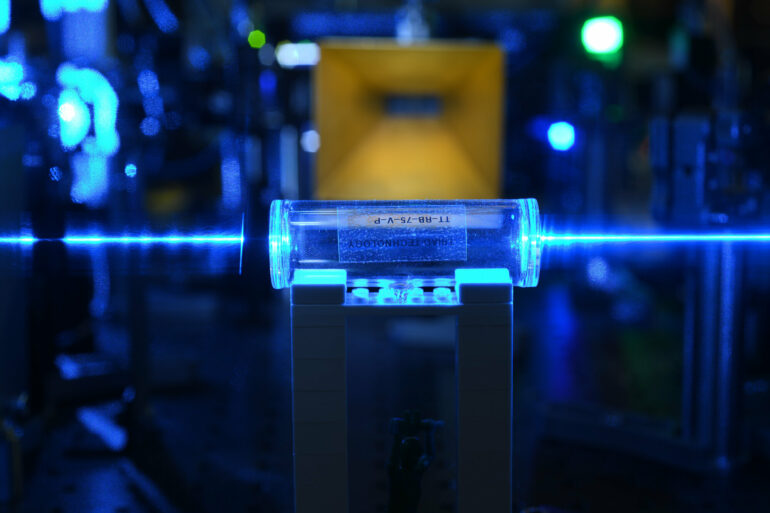The development of quantum computers is underway around the world, and much attention is focused on increasing the number of qubits that perform operations. On the other hand, looking at the entire system of a quantum computer, the number of RF components to control them increases in proportion to the number of qubits.
These components transmit the RF signals between the cryogenic quantum chip and the room-temperature electronics. Nevertheless, most of the high-frequency components in use today are not guaranteed to perform in the low-temperature environments in which they are actually used.
In addition, to realize the million-qubit class quantum computers that are required for practical use, it is necessary to downsize the enormous number of high-frequency components and to suppress heat generation.
To avoid the problem of heat generation in low-temperature circuits and to realize a dramatic increase in the number of qubits, the development of high-performance low-temperature RF components that have never been seen before is required. A method to evaluate the reflection and transmission characteristics (S-parameters) for each RF component at operating temperature is essential to achieve the desired performance as a whole system.
However, conventional methods of reflection and transmission characteristics at low temperatures are limited in terms of measurement temperatures and methods of connection with components and are insufficient as a general-purpose evaluation method required for the construction of a quantum computer supply chain.
Once an evaluation method is established, the market for RF components for low-temperature applications is expected to expand as more new companies enter the market. In addition, quantitative differentiation of the low-temperature characteristics of RF components can be expected to create new added value and revitalize the market.
AIST researchers have developed a technique to evaluate the reflection and transmission characteristics (S parameters) of radio-frequency (RF) components at arbitrary temperature from 4 K to 300 K (-269°C to 27°C). Their research has been published in IEEE Transactions on Instrumentation and Measurement.
Quantum computer systems contain many RF components to transmit analog signals between the cryogenic quantum chip and the room-temperature electronics. However, most of them do not have guaranteed characteristics in cryogenic environments. Unexpected malfunctions of even a single RF component in a circuit consisting of many components can hinder the large-scale integration of quantum computers.
Therefore, there is a need to establish a low-temperature evaluation method for RF components. This method improves on existing methods for measuring reflection and transmission characteristics to enable evaluation of RF components at arbitrary temperatures from 4 K to 300 K.
The temperature-dependent information obtained by this technique is essential for the development process of high-performance RF components and will contribute to the advancement of quantum-related technologies. The technology will be deployed in a quantum hardware test-bed at the Global Research Center for Quantum and AI Fusion Technology Business Development, which will begin offering measurement services to industry.
More information:
Tomonori Arakawa et al, Calibrated Two-Port Microwave Measurement up to 26.5 GHz for Wide Temperature Range From 4 to 300 K, IEEE Transactions on Instrumentation and Measurement (2023). DOI: 10.1109/TIM.2023.3315393
Provided by
Advanced Industrial Science and Technology
Citation:
Researchers develop evaluation technique for radio-frequency components used in quantum computers (2023, November 1)


